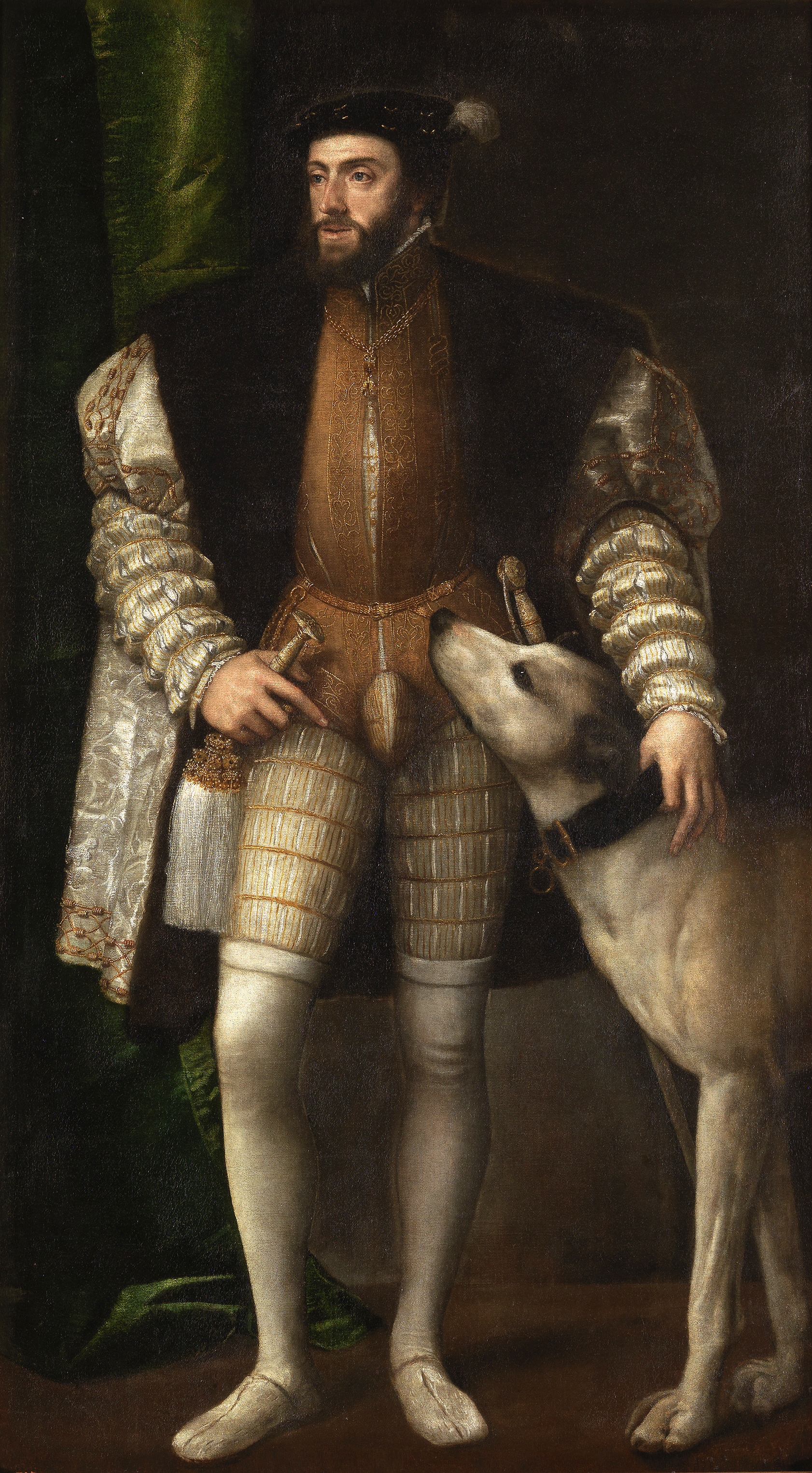Greying Wanderer
Elite member
- Messages
- 533
- Reaction score
- 86
- Points
- 0
The ancient dna of the Egtved girl found in a Bronze Age context (1400 BC) in Denmark has been analyzed.
This is the link to the paper:
http://www.nature.com/srep/2015/150521/srep10431/full/srep10431.html
This is the link to the supplementary info:
http://www.nature.com/srep/2015/150521/srep10431/full/srep10431.html#supplementary-information
Here is the abstract:
"Ancient human mobility at the individual level is conventionally studied by the diverse application of suitable techniques (e.g. aDNA, radiogenic strontium isotopes, as well as oxygen and lead isotopes) to either hard and/or soft tissues. However, the limited preservation of coexisting hard and soft human tissues hampers the possibilities of investigating high-resolution diachronic mobility periods in the life of a single individual. Here, we present the results of a multidisciplinary study of an exceptionally well preserved circa 3.400-year old Danish Bronze Age female find, known as the Egtved Girl. We applied biomolecular, biochemical and geochemical analyses to reconstruct her mobility and diet. We demonstrate that she originated from a place outside present day Denmark (the island of Bornholm excluded), and that she travelled back and forth over large distances during the final months of her life, while consuming a terrestrial diet with intervals of reduced protein intake. We also provide evidence that all her garments were made of non-locally produced wool. Our study advocates the huge potential of combining biomolecular and biogeochemical provenance tracer analyses to hard and soft tissues of a single ancient individual for the reconstruction of high-resolution human mobility. "
I think that about says it all from what I can see. I don't know if they didn't try or just couldn't get mtDna and things like pigmentation snps. They are saying that going by the current state of the hair she probably had light brown or blonde hair.
This isn't at all how I imagined the life of the "elite" at this late date in the Bronze Age, particularly in terms of nutrition, but I guess there's the Bronze Age and the Bronze Age; it all depends on the place and the specific culture.
"she travelled back and forth over large distances during the final months of her life"
Elite or elite merchant?



